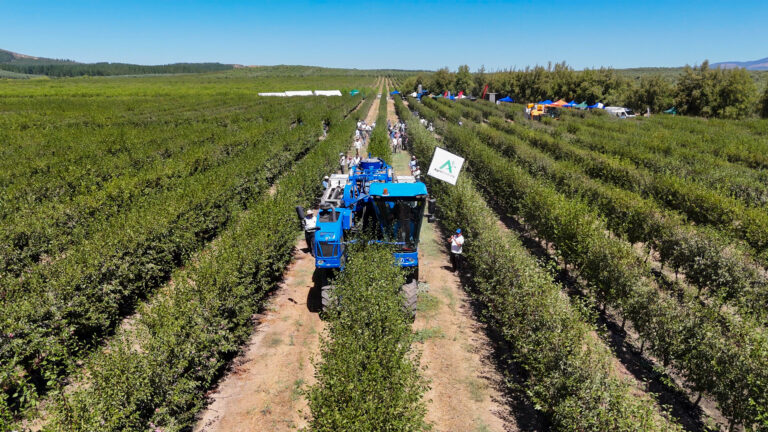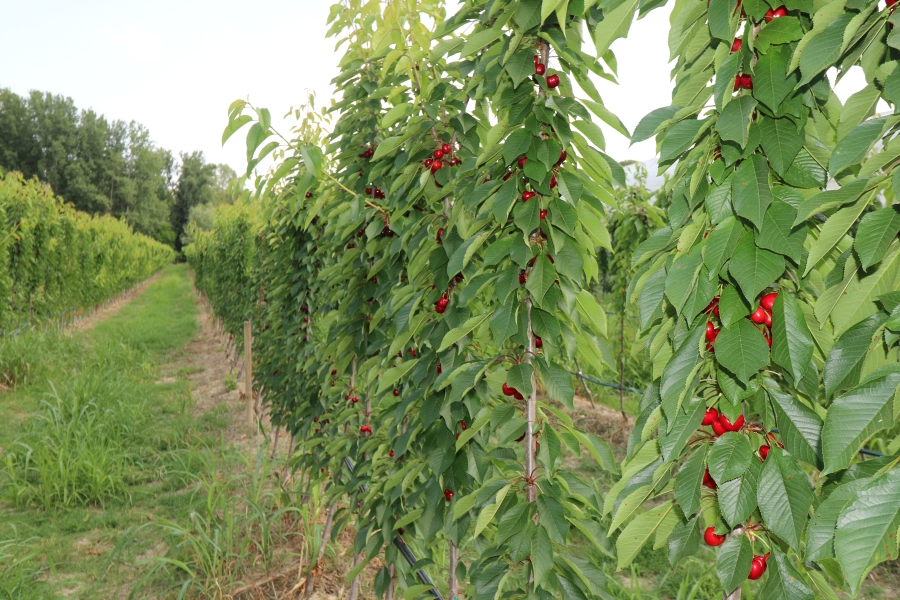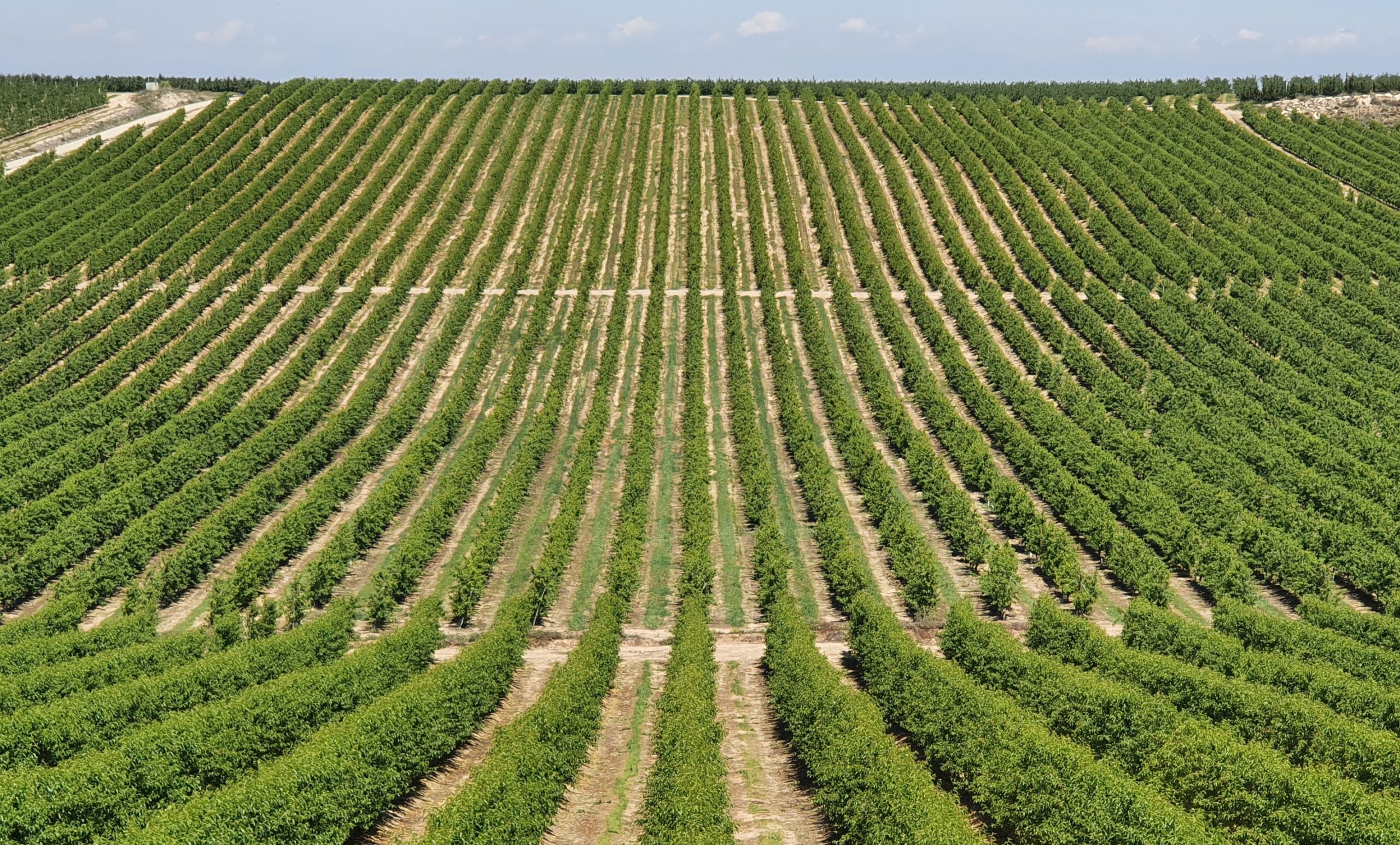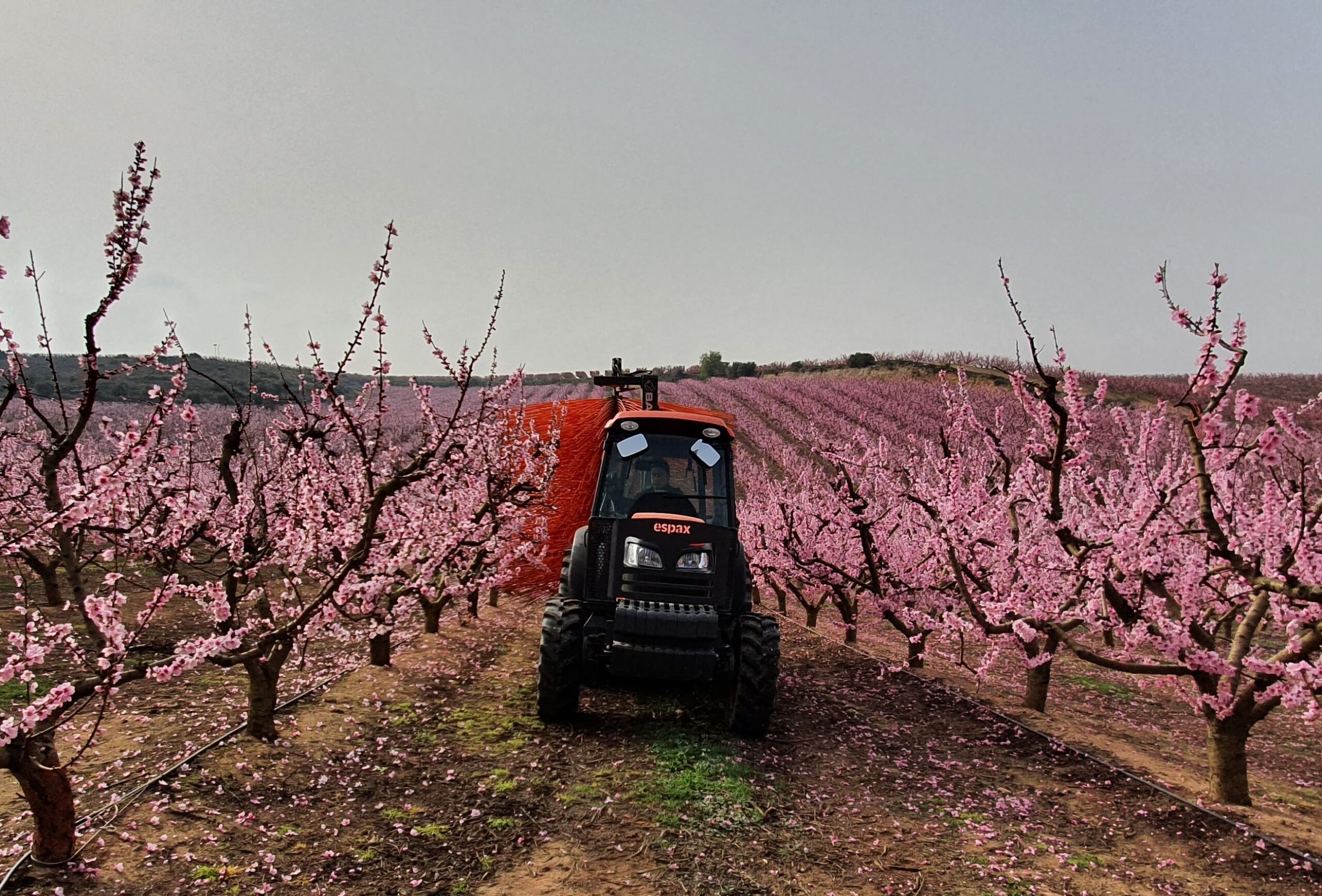Pioneers of High-Density D’Agen Plum Production
The way plums are grown in Chile is changing fast, thanks to the vision of a handful of forward-thinking growers
Chile, June 2025. Chile has a long history of plum production: roughly 75 percent of the crop is dried and the rest is sold fresh. Much like the olive industry in Europe, which reinvented itself after a climate-driven labor crunch, Chilean plum growers are now rewriting the rules. Market volatility spurred them to adopt a high-density orchard model better suited to today’s demands for technological innovation and sustainability—one that is gradually replacing the old, wide-spaced plantings.
Efficiency across the entire value chain is now non-negotiable, even after a relatively good season like the last one. Partnerships between nurseries and growers focused on squeezing more productivity out of every square meter have led to a rethink of how plums are produced. The main drivers: shifting weather patterns, dwindling labor, and ever-rising harvest costs.
Agrícola San Miguel: first movers on mechanizable, high-density D’Agen hedgerows
San Miguel de Calleuque started planting the D’Agen variety more than ten years ago in a high-density format on Agromillora’s Rootpac 20 rootstock. “We trialed three hectares, waited for the results, and they were excellent—uniform growth and yields beyond expectations,” says Andrés Schurter, the farm’s general manager.
Early doubts about tree density, water use, and pruning soon faded as real-world data came in. “Plum prices were depressed and labor costs were climbing, so we decided to replant from scratch,” Schurter recalls. “We’d heard about high density—similar to olives in Europe—but mechanization still posed challenges, especially shaking the weaker plum canopy. Skilled side-by-side harvester operators were scarce, so the project had its hurdles.”

Mauricio Zúñiga, Key Account Manager at Agromillora Sur and a driving force behind the initiative, notes that shifting to a more efficient, sustainable system was essential. “The old block had 25-year-old trees. The replacement orchard features slim, self-supporting plants aligned so light penetrates evenly,” he explains.
The overhaul touched every operation—pruning, irrigation, sprays. “We now have 125 hectares of high-density D’Agen and harvested six metric tons per hectare this year,” Schurter reports. “The trees are over ten years old and fully productive. Many growers hesitate, thinking it’s complicated, but irrigation is similar to the old system. Since we adopted high density, we haven’t planted a single new orchard the traditional way.”
Frutexsa and Agrícola Cunculén bet on high density
Frutexsa established 17.2 hectares of high-density D’Agen on Rootpac® 20 in December 2022. “A surprise fungal attack worried us, but after controlling it we harvested our first crop this season—about one metric ton of dried plums per hectare,” says Ignacio Aguirre, Frutexsa’s general manager.
At Agrícola Cunculén, color and Brix levels in year-four trees (second harvest) are remarkably uniform, according to farm manager Gonzalo Guzmán. “With a traditional block right next to the high-density one, we measured two additional Brix degrees in the latter. Better light exposure produced richer color despite heat spikes, and the fruit stayed firm enough to harvest five to ten days later,” he notes.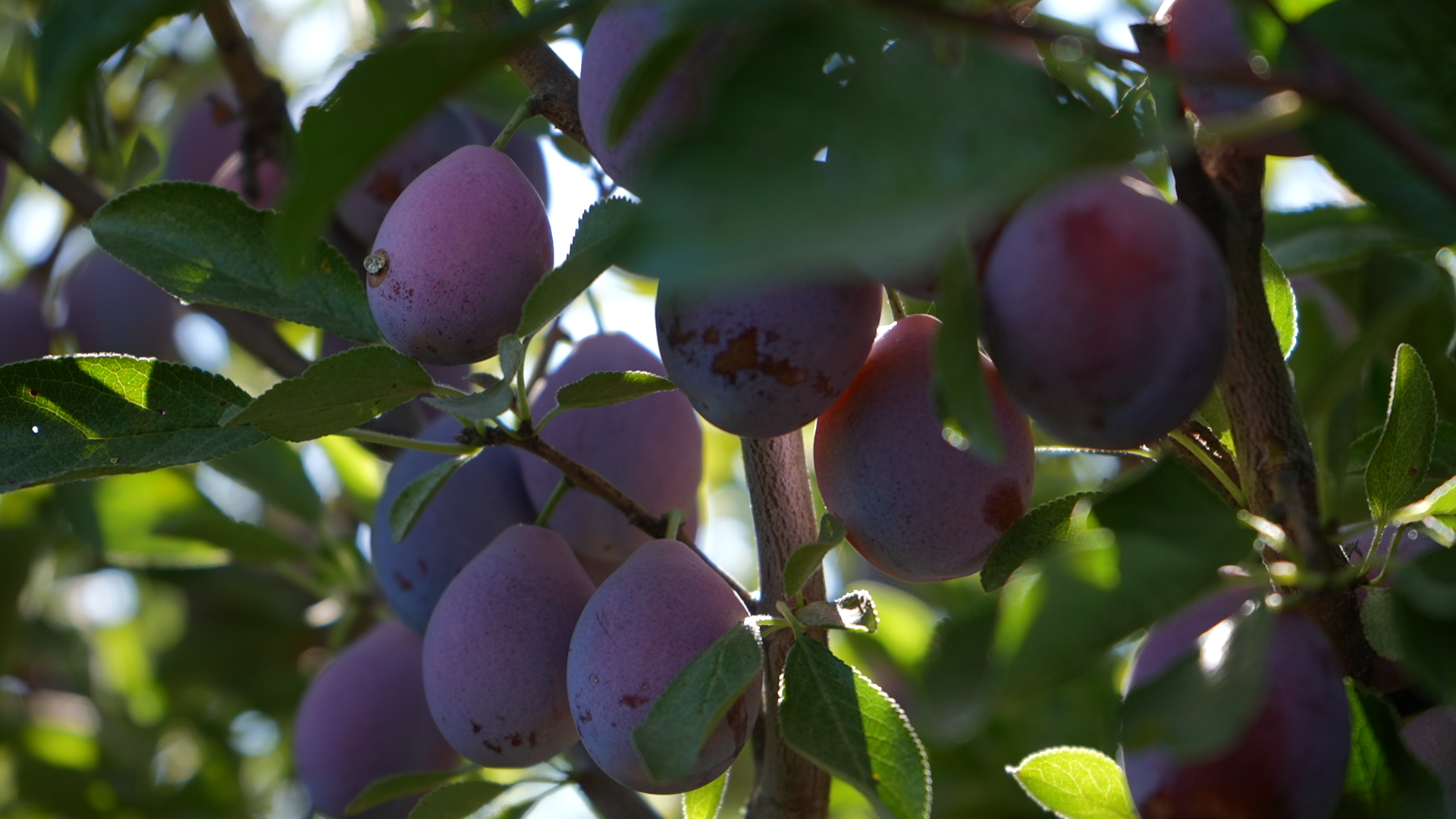
This year the company planted 56 more hectares under the new system, enabling mechanized spraying, pruning, and picking. “We hit about 13 metric tons of fruit, and as older orchards decline we plan to convert fully to hedgerows,” Guzmán says, emphasizing the concrete cost savings learned along the way.
